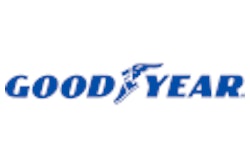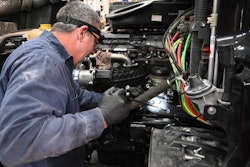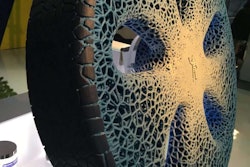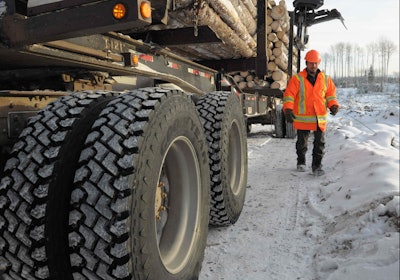 Tread design, depth and construction affect tire longevity and performance. In severe service applications, it’s common for tires to have big tread lugs and deeper tread depth.
Tread design, depth and construction affect tire longevity and performance. In severe service applications, it’s common for tires to have big tread lugs and deeper tread depth.A tire might look like a simple component – a round piece of rubber with a tread design – though it’s anything but. Likewise, tire performance has to do with more than simply moving your truck down the road.
“There’s a lot of engineering that goes into a tire,” says Gary Schroeder, director of global truck and bus for Cooper Tire & Rubber Co. “Not just the construction, but the compounding, especially the tread compounding with rolling resistance.”
“Compounding, casing and tire architecture contribute significantly to wear and fuel and weight savings,” says Bill Walmsley, product category manager for Michelin Americas Truck Tires.
Of all the attributes that make up a tire, and considering all aspects of performance they affect, tread is perhaps the most important.
“The first step is to determine what your goals are for your tire program,” Walmsley says. For over-the-road operations, a common goal is to maximize fuel savings, while more localized operations may focus on lowering cost per mile, he says.
“The more rubber you have making contact to the road, typically the better the tire is going to perform, and you’ll get longer wear out of it that way,” Schroeder says.
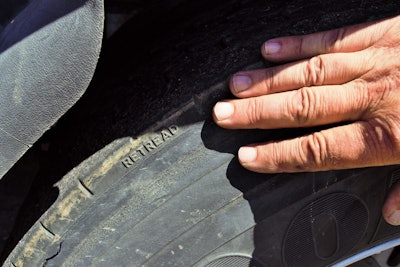 For some operators, a major goal is to maximize the tire’s extended life by taking into account the casing’s retreadability
For some operators, a major goal is to maximize the tire’s extended life by taking into account the casing’s retreadabilitySelecting a tire with the wrong tread pattern for its application can lead to premature wear and reduced performance, says Brian Buckham, Goodyear’s general manager of product marketing.
“Fuel economy and long wear are ongoing concerns for many long-haul fleets, so long-haul tire tread patterns tend to be stiffer in order to promote the fuel efficiency,” he says.
Tire tread patterns for regional-haul carriers are similar to long haul in that they place a high emphasis on tread mileage and irregular wear, says Greg Kidd, sales engineer for Bridgestone Americas Tire Operations.
“Regional trucks also are concerned with fuel economy, but it is not as great of a need as it is with the linehaul application due to increased stop and go,” Kidd says.
In vocations such as mixed service, where miles to removal and traction are more important, tread patterns will be deeper and more open for enhanced on- and off-road grip.
The truck itself also plays a role in tire choice. If a truck is a 6×4 application, the tire selection may be different than with a 4×2 or 6×2 application due to the amount of torque applied.
“Tire manufacturers normally indicate on their website which tires are best suited for the various applications,” Walmsley says.
Wheel position also dictates tread patterns. Since trailer tires are free-rolling and subject to less scrub from turning, they tend to have shallow rib-like designs.
“Steer tires tend to be more rib-like in order to promote longer miles to removal and resistance to irregular wear,” Buckham says. “Drive tire tread designs tend to be deeper and more open to provide more traction.”
The tread’s rubber compounding and design can enhance performance in specific applications when designed together, he says.
“Limitations in a tire’s tread pattern can be made up for in its tread compound, and vice versa,” he says. “If a tire’s tread compound cannot deliver required wet stopping distance performance, its tread pattern can be optimized to improve the way that water is evacuated from the tread area.”


